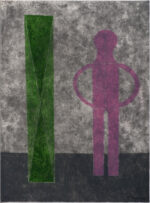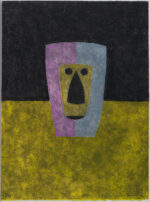Tamayo, Rufino
«BIOGRAFÍA DE RUFINO TAMAYO:
Mexican artist who masterfully represents in his works the symbolism of his land, with a surrealist and expressionist language at the same time. Tamayo enjoys great international recognition and prestige.
Born in Oaxaca, Mexico, on August 25, 1899 and died in Mexico City on June 24, 1991. His work reflects his rational, emotional, instinctive, physical and erotic strength. His production expresses his own concepts of Mexico. He never followed the trend of other Mexican painters of his contemporaries, whose work, identified with diverse political positions, Tamayo accepted as a proposal: Diego Rivera, of open communist or Trotskyist militancy, and David Alfaro Siqueiros, a communist with radical positions, are examples of this.
Tamayo's political-ideological stance has been criticized on many occasions; however, dozens of documents collected in important public and private archives in Mexico, the United States and Europe show him as an artist identified with socialism but respectful of the particularities of the individual.
Rufino Tamayo fue un artista siempre en búsqueda de nuevas técnicas. Junto a Lea Remba creó un nuevo tipo de técnica gráfica, conocida como mixografía; impresión sobre papel a la que se añade profundidad y textura. Una de las mixografías más famosas de Tamayo es «»Dos Personajes Atacados por Perros»».
His paintings and mixographs have been exhibited in museums such as The Philips Collection in Washington, DC, and the Guggenheim Museum in New York, USA. In Mexico City, the museum with the most important collection is the Museo de Arte Moderno in the Bosque de Chapultepec.
The museum that bears his name, Museo Tamayo Arte Contemporáneo, is dedicated exclusively to contemporary art and does not regularly exhibit his work.
Rufino Tamayo received honorary doctorates from the University of Manila, in 1974; from UNAM, in 1979; from Berkeley, in 1982; and from Veracruzana, in 1991″.
Showing the 4 resultsSortedby the latest




